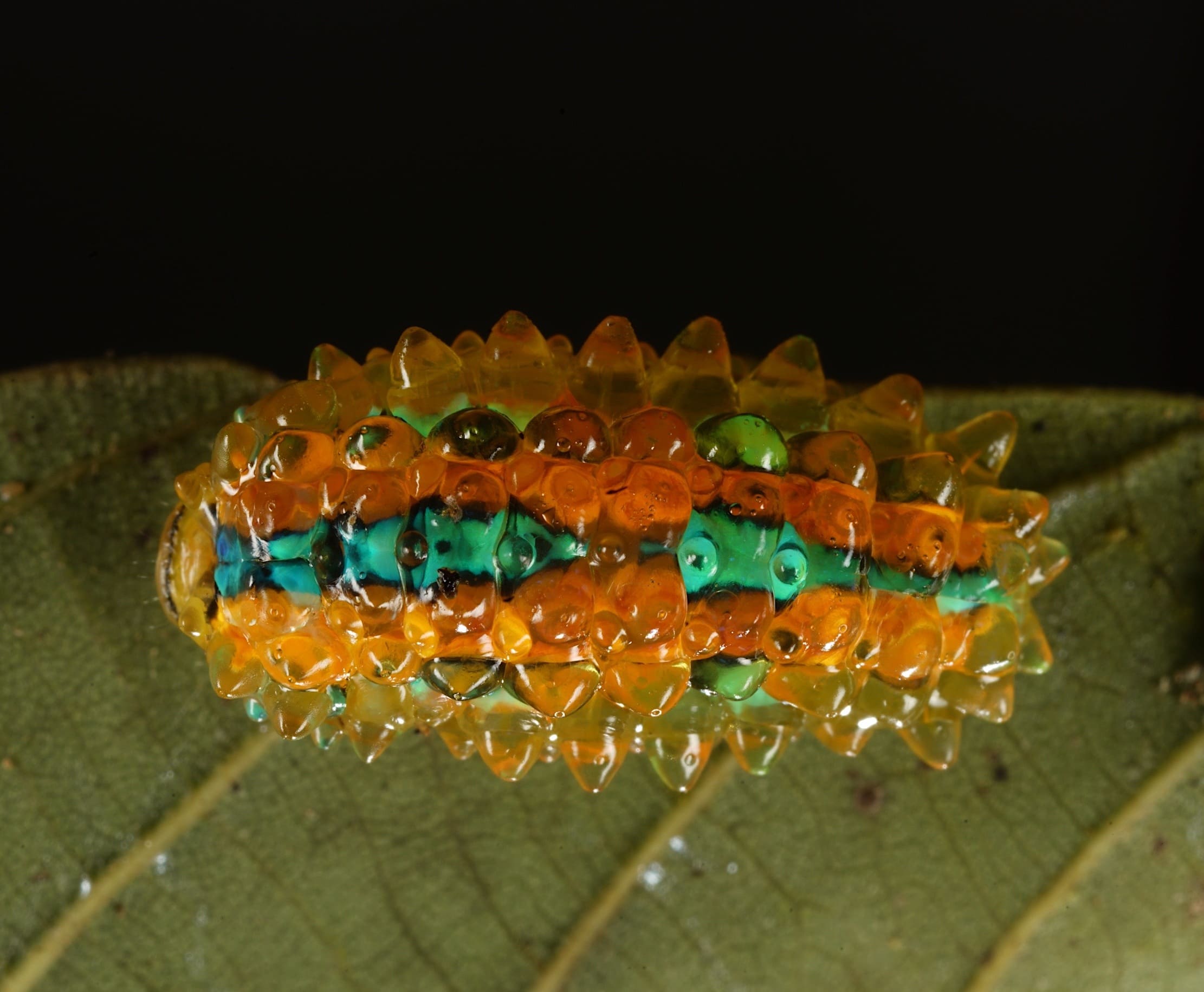The ambition of the Life On Trees programme is to unveil the biodiversity intimately linked to key trees, as exhaustively as possible, using the latest technical advances for collecting and analysing samples. It focuses on tropical forests, which cover less than 7% of the world’s surface but constitute the largest reservoir of terrestrial biodiversity, probably more than 80% of which is still unknown. This ambitious objective has been made possible by the use of new techniques such as metagenomics and the creation of a dedicated team of scientists and professional tree climbers.
In addition to the new scientific scope, this programme presents itself, by means of emblematic and spectacular trees, as a privileged vectoŕ for communicating on the often little-understood theme of biodiversity and showing the tree for what it is: a splendid synthesis of the surrounding forest.
The tree is a symbol with a strong emotional impact. The idea of studying the life associated with a single tree is a simple concept that is immediately understood by everyone. It helps to explain how biodiversity is generated – the arrival of one organism on a tree creates favourable conditions for the establishment of a succession of others – and why the biodiversity of primary forests is particularly high – the tree offers a wide variety of microhabitats favourable to the establishment of species with different ecological requirements.








